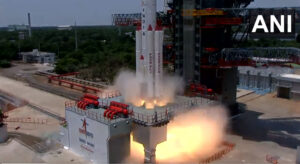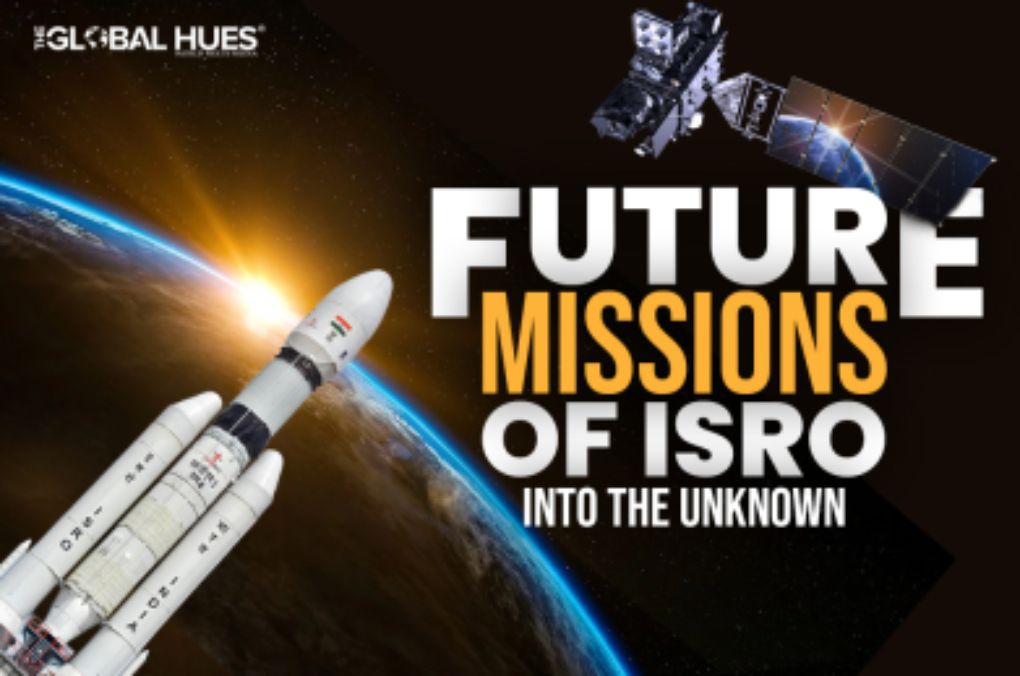ISRO’s (Indian Space Research Organization) successful launch of Chandrayaan 3, the follow-up mission to Chandrayaan 2, has been making headlines lately, making us think of future missions of ISRO.
Since its inception, ISRO has achieved great success back-to-back, despite being in India which is regarded as a developing nation. ISRO indeed has some great minds and space enthusiasts working day and night, stretching the boundaries of possibilities. We can all agree that a space mission is very complex; behind every single mission are years of hard work, research, dedication, and patience.
The recent accomplishments of ISRO have stirred up people’s fascination with space exploration and ignited their curiosity about upcoming missions. In this article, we will discuss the future missions of ISRO to figure out what the future holds for ISRO and how it will continue to amaze us with its achievements in space research.
Aditya-L1 Takes Off!

The purpose of the spacecraft, Aditya-L1, is to observe and study the sun. It will be placed in the halo orbit around the Lagrange point of the sun-earth system. The spacecraft will be responsible for observing the sun’s effect on space in real time, and with the help of its payload, it will be able to observe the different layers of the sun, the photosphere, the chromosphere, and the corona, and their effects. The spacecraft will use electromagnetic, particle, and magnetic field detectors.
Important objectives:
- Study the dynamics of the solar atmosphere
- Study the heating, CMEs, flares, and partially ionized plasma physics
- Observe in-situ particles for space weather insights
The mission took off from the Satish Dhawan Space Centre in Sriharikota at 11.50 a.m. on 02nd September 2023. “Congratulations, the Aditya-L1 mission is accomplished,” said Indian Space Research Organisation chief S Somanath.
Future Missions of ISRO
1. X-ray Polarimeter Satellite
XPoSat is designed to study bright astronomical X-ray sources. The spacecraft will carry two payloads; the primary will be POLIX (Polarimeter Instrument in X-rays), which is being developed by the RRI (Raman Research Institute) and URSC (U. R. Rao Satelite Centre). PLIX is supposed to observe about forty bright astronomical sources. The secondary payload is XSPECT, which will provide the spectroscopic information.
Polarimetric observation and spectroscopic measurements can provide valuable insights into the intricate nature of astronomical source emissions, making them an informative foundation for research.
2. Gaganyan
The Gaganyan project has the main purpose of demonstrating a crewed flight of three people to an orbit of 400 km for three days. In addition to that, it will also include a safe landing in Indian sea waters.
ISRO needs to focus on developing several prerequisite technologies to ensure a successful launch. These include the development of a life support system, provision for emergency crew escape, the creation of a human-rated launch vehicle, and improved crew management. These advancements will aid the crew in accomplishing the mission.
There will be various missions before the actual crewed flight to check the level of preparation and reliability of the key components.
3. NISAR
ISRO and NASA (National Aeronautics and Space Administration) will launch the Synthetic Aperture Radar Satellite in 2024, which aims to closely monitor various Earth components. The satellite will help scientists observe the earth and understand climate changes, the dynamics of forests, volcanoes, earthquakes, water bodies, and more.
The satellite will contain two payloads. The S-band radar will monitor the crop structure and the roughness of the land, as well as the ice surfaces. Meanwhile, the L-band instrument will study the denser parts of forests due to its high penetrative power.
4. Shukrayaan
The Shukrayan mission by ISRO has the sole purpose of studying the surface and atmosphere of the planet Venus. Its payload will consist of Indian as well as international instruments. The mission aims to conduct the surface examination of Venus and investigate the composition of its atmosphere, to establish a deeper understanding of the planet, for future missions and theoretical purposes.
5. SpaDEx (Space Docking Experiment)
Quarter 3, 2024 is the scheduled launch for the Space Docking Experiment. The mission will help to deepen our understanding of docking, formation flying, and orbital rendezvous.
The spacecraft will consist of two components: a chaser and a target. Separate orbits will hold the two components. The mission will consist of formation flying, robotic arm operation, rendezvous, and docking.
6. AstroSat-2
The AstroSat 1 satellite served as a multi-wavelength observer, studying celestial sources in the X-ray, optical, and UV spectral bands simultaneously. It was launched on September 28, 2015, and completed its operations in 2020 as planned. AstroSat 2 will follow up on this mission. Currently, ISRO is working on a second AstroSat mission as a follow-up to improve the mission outcome and add additional instruments.
Summing Up
The Indian Space Research Organization (ISRO) has an impressive list of missions that it plans to undertake in future. These missions aim to improve our knowledge of the Earth and explore the mysteries of the universe. With such exciting goals, it is no wonder that ISRO is growing exponentially in the field of space exploration.




